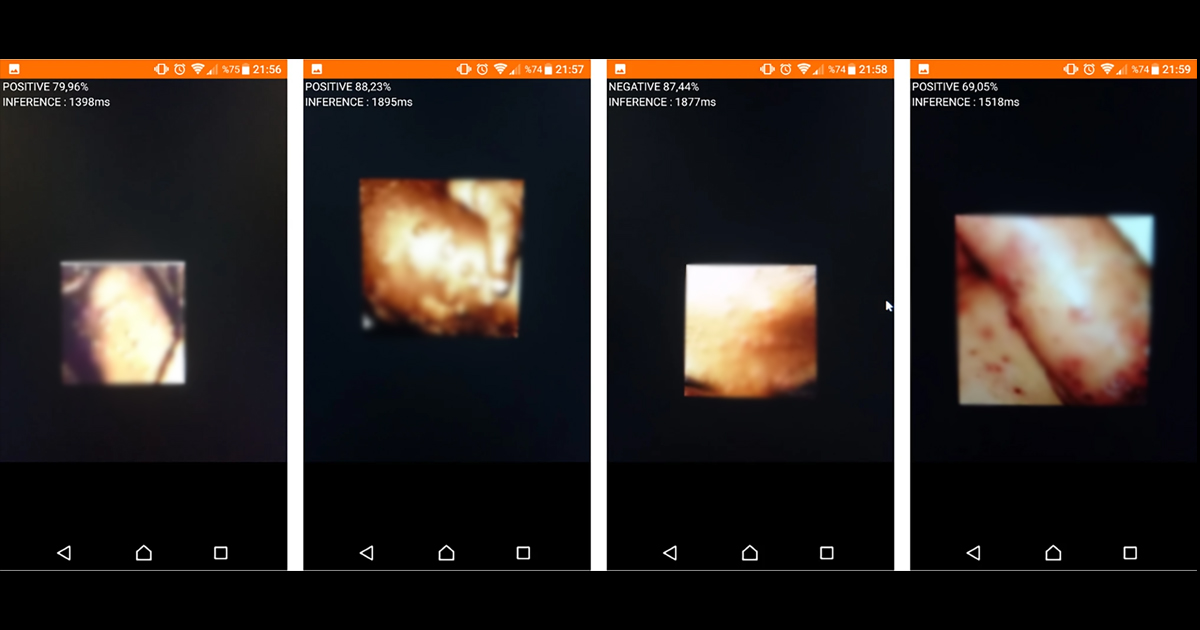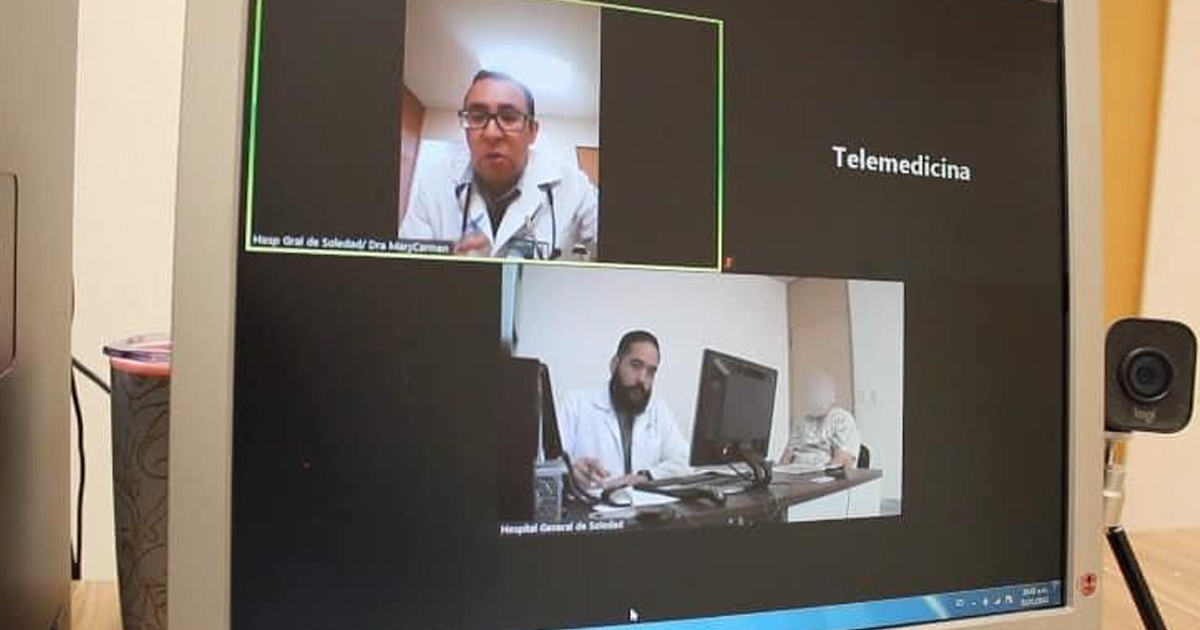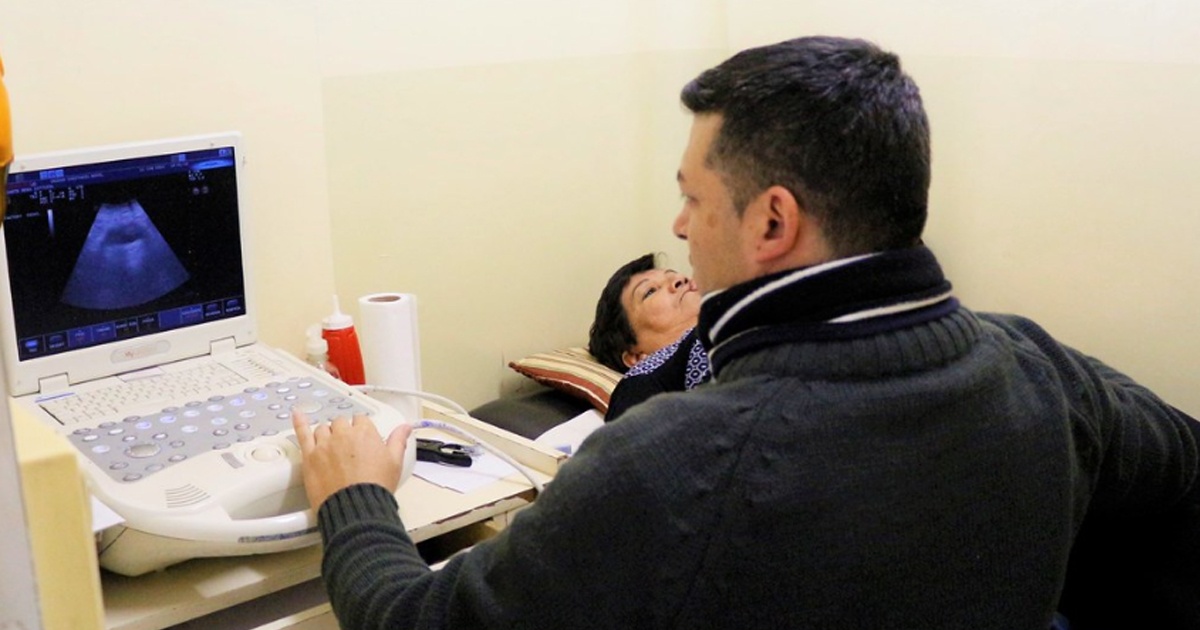It is one of the most relevant documents on this condition in Mexico, since it provides scientific and academic information on the epidemiological situation of breast cancer in Mexico, risk factors, treatment, and more.
In 1994, the first meeting of the Mexican Consensus on Diagnosis and Treatment of Breast Cancer was held and since 2000 it has been periodically updated to become a guide for oncologists and medical institutions in the country that treat this disease. In addition, it is considered a base document for the Official Mexican Standard NOM-041-SSA2-2002, for the prevention, diagnosis, treatment, control and epidemiological surveillance of breast cancer.
In 2021, its ninth version was presented, with the support of institutions such as the Mexican Social Security Institute (IMSS), the Ministry of Health (SSA), the National Cancer Institute, the Mexican Society of Oncology, the Breast Cancer Foundation ( FUCAM), among others.
The ninth Colima 2021 review begins with a tour of the epidemiology of breast cancer in the country, which is the most frequent malignant tumor in women worldwide and the leading cause of death from cancer. At the regional level, data from the Pan American Health Organization (PAHO) is shown, which reports that an increase of 60% is expected by 2030.
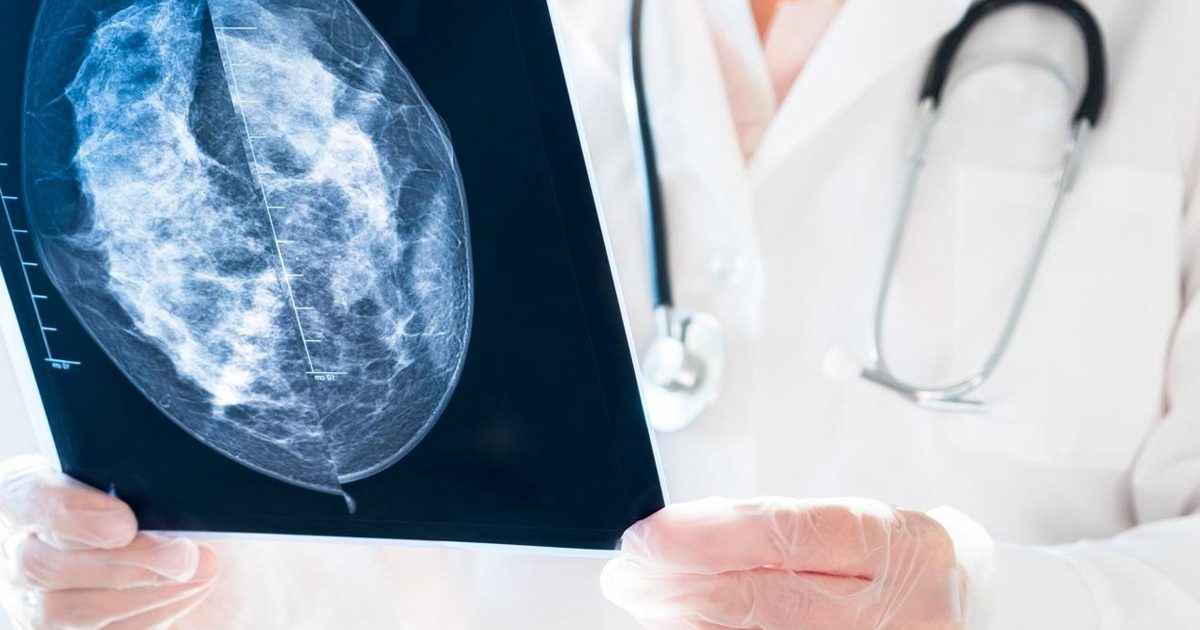
In Mexico, breast cancer has increased steadily in incidence and mortality over the last 30 years. The document explains that the increase in cases of this condition is also due to a sub-registration in previous years. Similarly, the Consensus details the deficiencies related to education and information about the disease, as well as the lack of a timely detection program at the national level accompanied by specialized breast units.
However, there has also been a steady increase in the life expectancy of patients who were diagnosed, 77 years in women and 75 in men.
Regarding risk factors, the Consensus explains the biological determinants such as: being an elderly woman, a history of cancer in first-degree relatives, a history of atypical ductal hyperplasia, radial imaging and lobular carcinoma in situ, menstrual life greater than 40 years, breast density and being a carrier of mutations in breast cancer susceptibility genes.
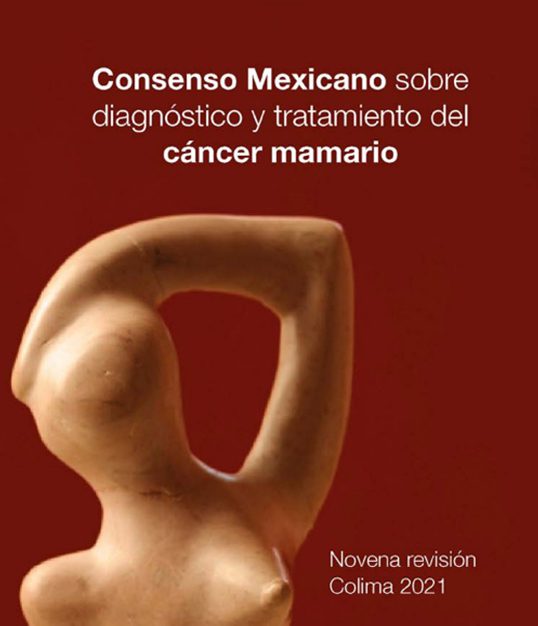
However, there are also factors associated with the treatment of previous diseases such as exposure to radiation; reproductive factors; factors related to lifestyle such as sedentary lifestyle, obesity, smoking or alcohol consumption. In this sense, the document indicates that the most important risk factor in lifestyle is obesity and in Mexico this condition is present in a large percentage of the population, representing a public health problem.
Furthermore, the document explores early diagnostic options such as breast imaging evaluation. There are various methods such as screening studies and imaging studies, which include mammography and digital mammography. The latter clinically increases cancer detection in patients with dense breasts, which is a known risk factor.
One of the last chapters of the consensus also shows scientific information on the physical rehabilitation of patients with breast cancer, which must be as effective as possible. In this way, it seeks to guarantee a better quality of life not only in survivors of the disease, but also in terminally ill patients.
And finally, as it is the 2021 version, the institutions and organizations involved added a specialized chapter on COVID-19 and breast cancer, which details recommendations for patients and medical specialists in detecting symptoms of COVID-19 and the need and importance of seeking medical attention early to avoid complications.
You can consult the full document at the following link:
https://consensocancermamario.com/documentos/FOLLETO_CONSENSO_DE_CANCER_DE_MAMA_9aRev2021a.PDF

